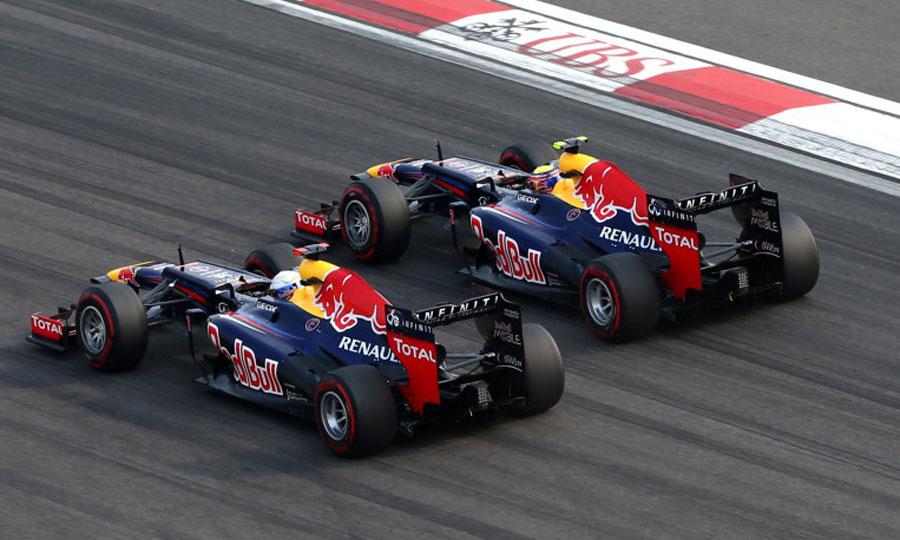 When creating the perfect PR team, make sure there is only one star player, because if there are two they are likely to underperform. This is the advice from Cass Business School, part of City University, after studying Formula One racing drivers. The research looked at every driver in all Formula One races between 1981 and 2010 and found that two top drivers competing in the same team had a detrimental effect on their individual performance.
When creating the perfect PR team, make sure there is only one star player, because if there are two they are likely to underperform. This is the advice from Cass Business School, part of City University, after studying Formula One racing drivers. The research looked at every driver in all Formula One races between 1981 and 2010 and found that two top drivers competing in the same team had a detrimental effect on their individual performance.
“We found that drivers who were successful in the past were more likely to perform well in the future. However, when the difference between the past performances of two team-mates decreased, so did their individual results,” says the study’s co-author Dr Paolo Aversa, a lecturer in strategy at Cass Business School. “In other words, it’s good to hire a top-driver, but his average performance declines when his team-mate has a similar level of prior success.”
According Dr Aversa, the findings extend beyond the Formula One race track, and highlight why high achievers at one organisation fail to do as well in another. “This is a phenomenon that affects top managers at public and private organisations, leading scientists in R&D teams and movie stars in Hollywood. Organisations that attempt to establish the perfect team by hiring a portfolio of stars risk putting two roosters in the same henhouse, which evidence suggests can erode the individual performance of team members.”
Looking at why performance declines in teams with more than one star, Dr Aversa says that one reason is the emergence of internal team conflict as two high-status employees compete for the same results. Formula One teams either choose to favour one driver, or to allow them to compete on equal terms, but Dr Aversa says that neither of these options works: “The first option tends to demotivate both drivers, as the favoured driver tends to relax his rivalry, and the second loses his ambitions as he acknowledges that he will not be allowed to overtake his colleague. The intra-team rivalry of Barrichello and Schumacher at the start of the decade is a good example.”
“In the second case where the team promotes internal conflict, the resulting antagonism often leads to the failing of any intra-team collaboration, and eventually triggers aggressive duels that often end with one of both cars crashing. This happened in the recent crash between Hamilton and Rosberg in Belgium.”
If you do have two leaders in one team, this needn‘t be a disaster, as long as you take the right approach. Dr Aversa advises: “A good strategy is a clear strategy. When teams employ two star individuals, they have to make their strategy clear from day one. Therefore, the expectations are well defined for both, and everybody knows the right thing to do in each situation.”
Background
Why do High Status Employees Underperform? A study on conflicting status within Formula One racing is by Dr Paolo Aversa (Cass Business School, City University London) together with Prof Gino Cattani (Stern Business School, New York University) and Dr Alessandro Marino (Management Department, Luiss University, Rome). The statistical study controls for aspects such as the driver’s age, former experience, family origins (whether other people in his family deals with motorsport), and injuries, as well as for aspects like each car's innovations, and the type yearly regulation imposed by FIA. Find out more information here.
PR Masterclass: The Intersection of PR and GEO
Join PRmoment for a Masterclass featuring 10 of the industry’s foremost experts. You will walk away with a clear, actionable strategy for adapting your content to an AI-first search environment.
Taking place on Wednesday 25th February in London, both virtual and in person tickets are available.
Early bird ticket sale ends Friday 9 January.
PR MasterclassIf you enjoyed this article, sign up for free to our twice weekly editorial alert.
We have six email alerts in total - covering ESG, internal comms, PR jobs and events. Enter your email address below to find out more:









